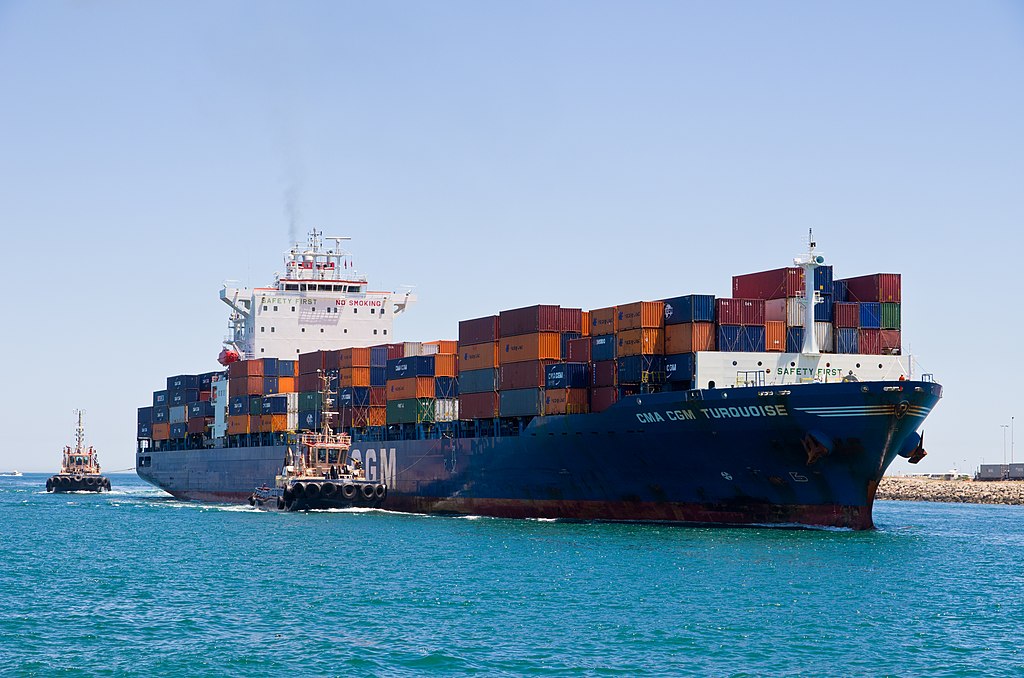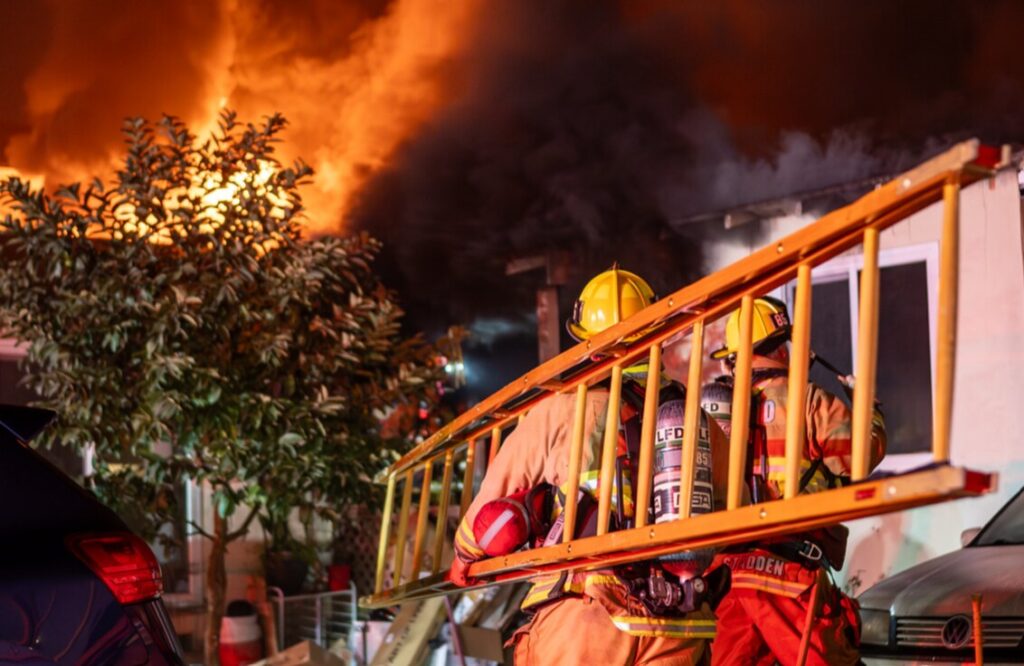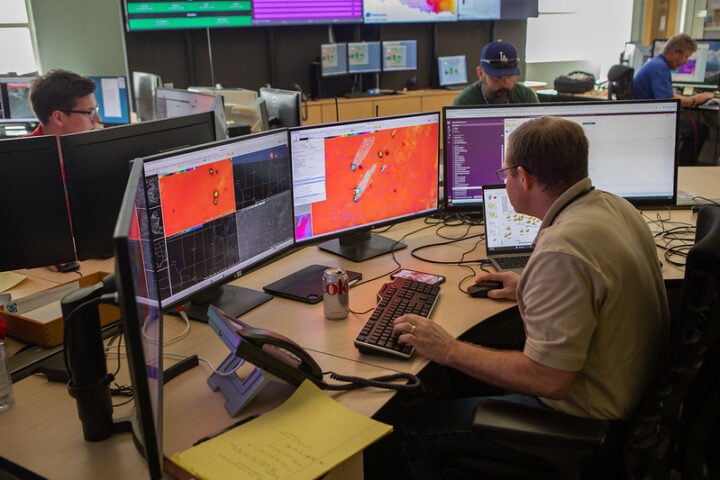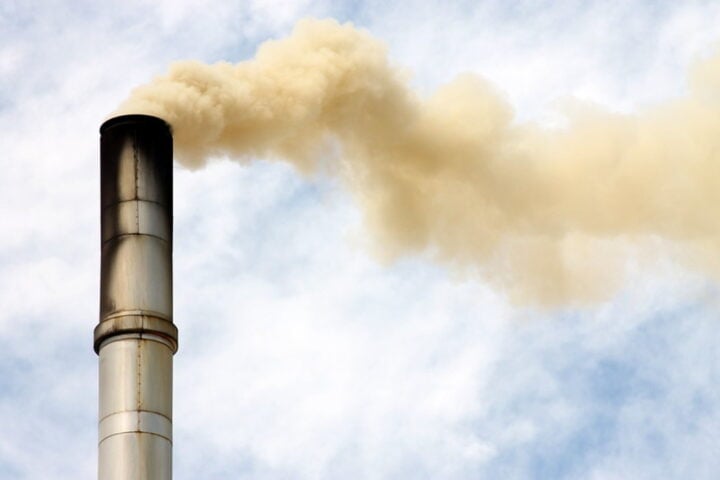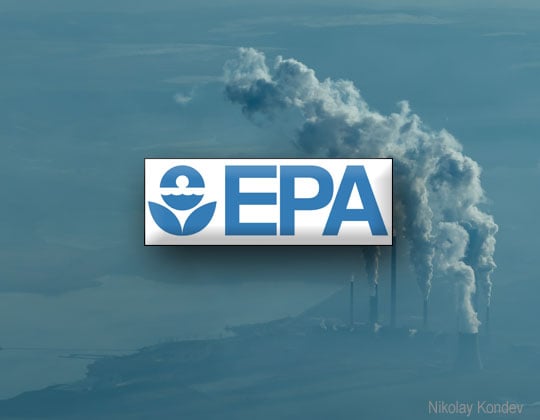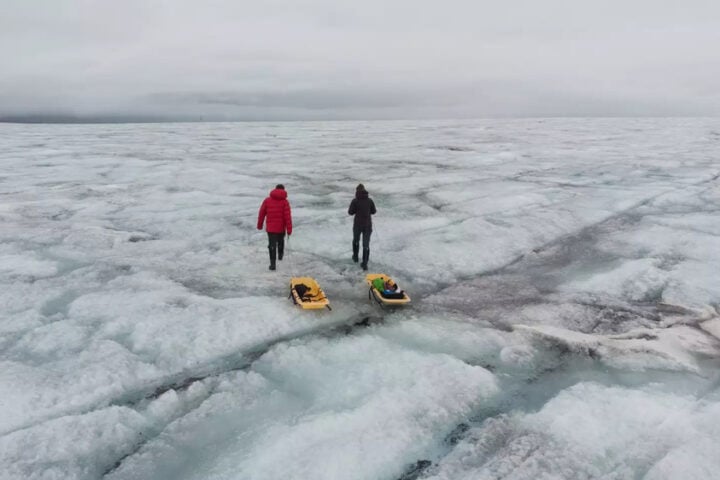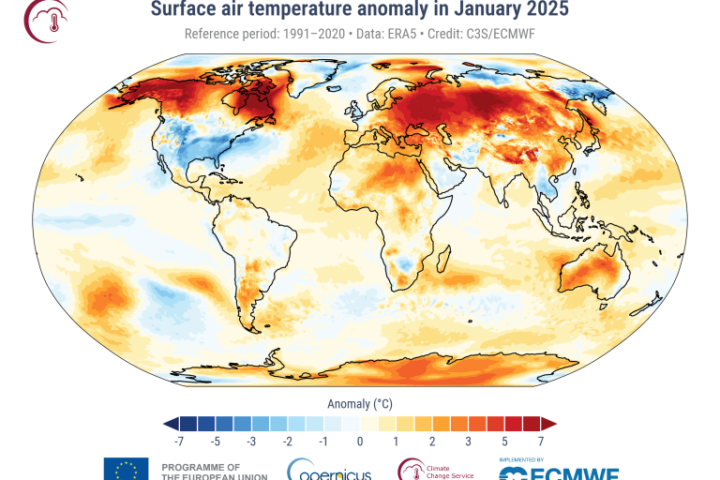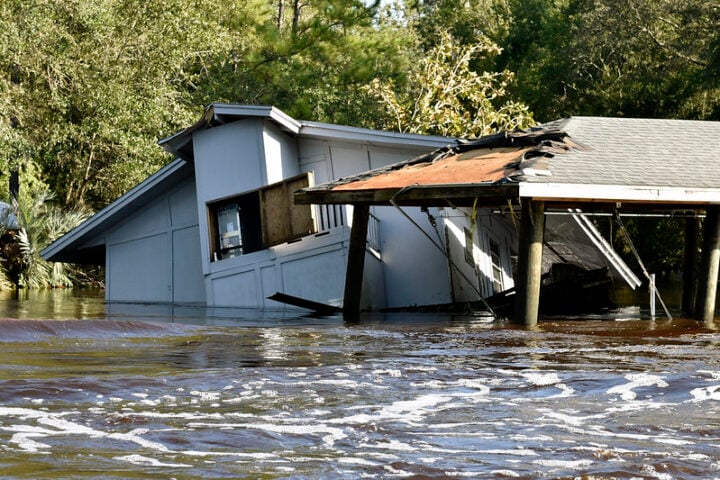A move to make ship fuel cleaner in 2020 had an unexpected effect – it helped push global temperatures to record highs in 2023, according to new research from Cornell University.
The change reduced air pollution from ships but also decreased clouds over the oceans that normally help keep Earth cool. It’s like removing a shade that was partially blocking the sun’s heat.
“Climate scientists were saying this is essentially impossible, that it is bonkers to see such a jump all at once,” said Daniele Visioni, who led the research at Cornell University. “People were saying, ‘Climate change is suddenly accelerating.’ We’d never seen something like this.”
The story begins in 2014, when the International Maritime Organization (IMO) decided ships must switch to cleaner fuel by 2020. Ships had to cut the sulfur in their fuel from 3.5% to just 0.5% – a massive reduction that led to 80% less sulfur pollution over the oceans.
While this change helped reduce harmful air pollution that affects human health, it also meant fewer particles in the air to help form clouds. Those clouds act like Earth’s natural sunscreen, reflecting heat back to space. With fewer clouds, more of the sun’s warmth reached Earth’s surface.
Similar Posts
The Cornell team found this change alone likely warmed the planet by 0.08 degrees Celsius. While that might sound small, it’s a significant jump to happen so quickly.
Visioni explained that when they accounted for this effect, “The unprecedented heat became a normal warm year.” This means the sudden temperature spike wasn’t as mysterious as it first seemed.
The researchers aren’t suggesting we should go back to dirtier fuels. Instead, they say this shows we need to think carefully about how different environmental policies work together. It also means we need to work even harder to reduce greenhouse gas emissions.
The shipping industry is already exploring cleaner options like methanol, hydrogen, and wind-assisted propulsion. Visioni suggests we might also need to look at other ways to keep the planet cool, such as cloud brightening technology, while we work on cutting emissions.
This research highlights an important lesson: even well-intentioned environmental rules can have surprising effects. The key is to understand these connections better so we can make smarter decisions about protecting both human health and the climate.
The study was funded by Cornell’s Atkinson Center for Sustainability and published in the journal Earth System Dynamics.
